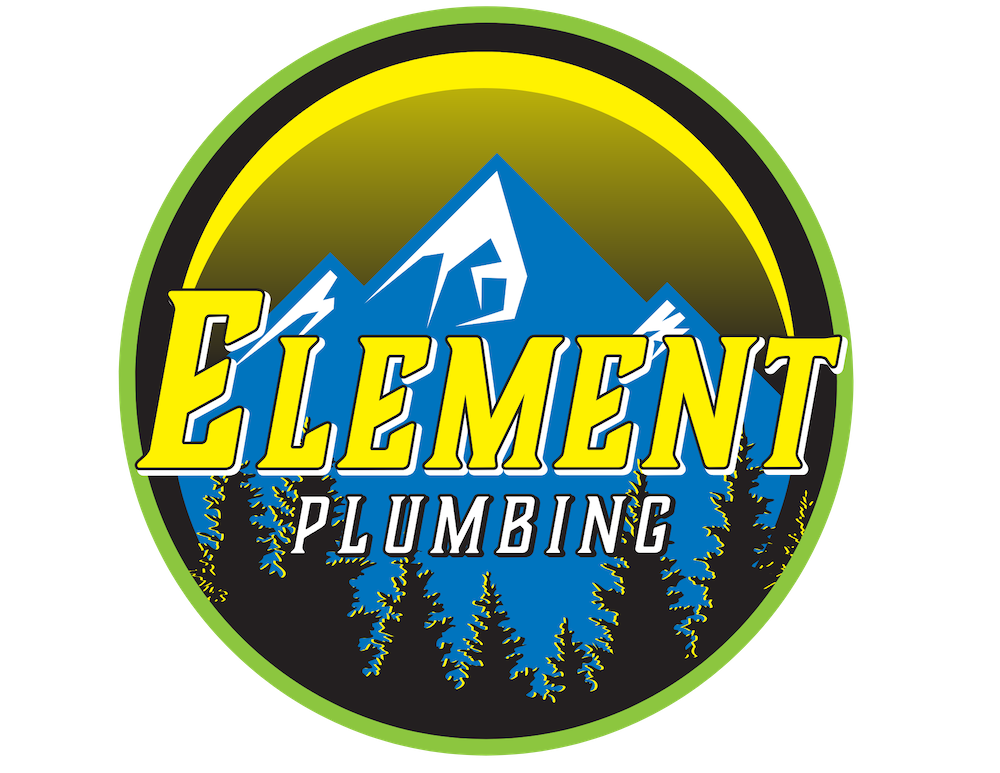Introduction
Underground sewer line problems are among the most stressful plumbing issues homeowners can face. These problems aren’t always visible, but the signs—slow drains, soggy yards, or foul odors—often point to a serious underlying issue. In many cases, professional sewer repair in Durango, CO, will be necessary, but knowing whether you need traditional trench or trenchless (no-dig) repair can save you time, money, and yard damage. The right method depends on the location, severity, and accessibility of the damaged pipe.
Do You Need Trench or No-Dig Sewer Repair?
1. Check for Surface-Level Disruptions
If you notice sinkholes, lawn indentations, or patches of unusually green grass, these could be signs of an underground leak. Traditional trench methods are typically used when the damage is extensive and the pipe must be fully exposed. However, if the disruption is minimal and contained to a small section, trenchless methods may be possible. Early evaluation can determine whether the entire line is compromised or if a targeted solution will suffice. For those already handling frequent clogs, drain cleaning in Pagosa Springs, CO, might help identify if deeper repairs are needed.
2. Understand the Age and Material of Your Pipes
Older sewer lines made from clay, cast iron, or Orangeburg tend to degrade faster and are often more suitable for replacement rather than repair. If your pipes are brittle, heavily corroded, or collapsing, a full trench replacement may be the only safe and lasting solution. Newer PVC or ABS pipes, however, may be candidates for trenchless lining or bursting if only sections are damaged. A licensed technician can inspect the pipe material to help you choose the most efficient and durable option.
3. Evaluate Pipe Accessibility
Trenchless sewer solutions require access points at either end of the damaged section. If your system allows for this kind of access without tearing through driveways, patios, or landscaping, no-dig methods can be an ideal solution. But if there are obstructions or if the path of the pipe runs beneath permanent structures, traditional trench work might be necessary. Homeowners looking to minimize disruption will often opt for trenchless when feasible, but that decision hinges on how accessible the pipeline really is.
4. Review the Severity of the Damage
Not all pipe damage is created equal. Minor cracks, small root intrusions, or slight misalignments can often be fixed with trenchless lining. However, if the pipe has collapsed or large segments are missing, a more invasive approach is usually required. In cases where backups have become routine, emergency drain cleaning in Bayfield, CO, might uncover the full extent of the problem. A camera inspection is the best way to assess internal damage before determining the most appropriate solution.
5. Factor in Time and Cost
Trench repairs are often more labor-intensive and time-consuming due to the excavation involved. They also typically cost more due to heavy equipment use and restoration of affected areas. Trenchless repairs, on the other hand, are faster and often more affordable, especially when landscaping or hardscaping is involved. If your timeline is tight or you want to avoid extensive yard damage, trenchless might be the better investment, provided your situation allows for it.
Whether you need traditional or trenchless sewer work depends on a mix of factors, from the condition and age of your pipes to the severity and location of the damage. A proper inspection is essential to making the right call, saving you from unnecessary excavation and long-term costs. Don’t wait for a small problem to become a major headache—get expert advice today.
Conclusion
Call Element Plumbing, Heating & Air at 435-503-3993. We offer expert assessments and repair services tailored to your property’s needs.
???? Your Local Comfort Experts — Now Serving You as Element Plumbing Service with the Same Fast, Reliable Plumbing Solutions You Trust.

